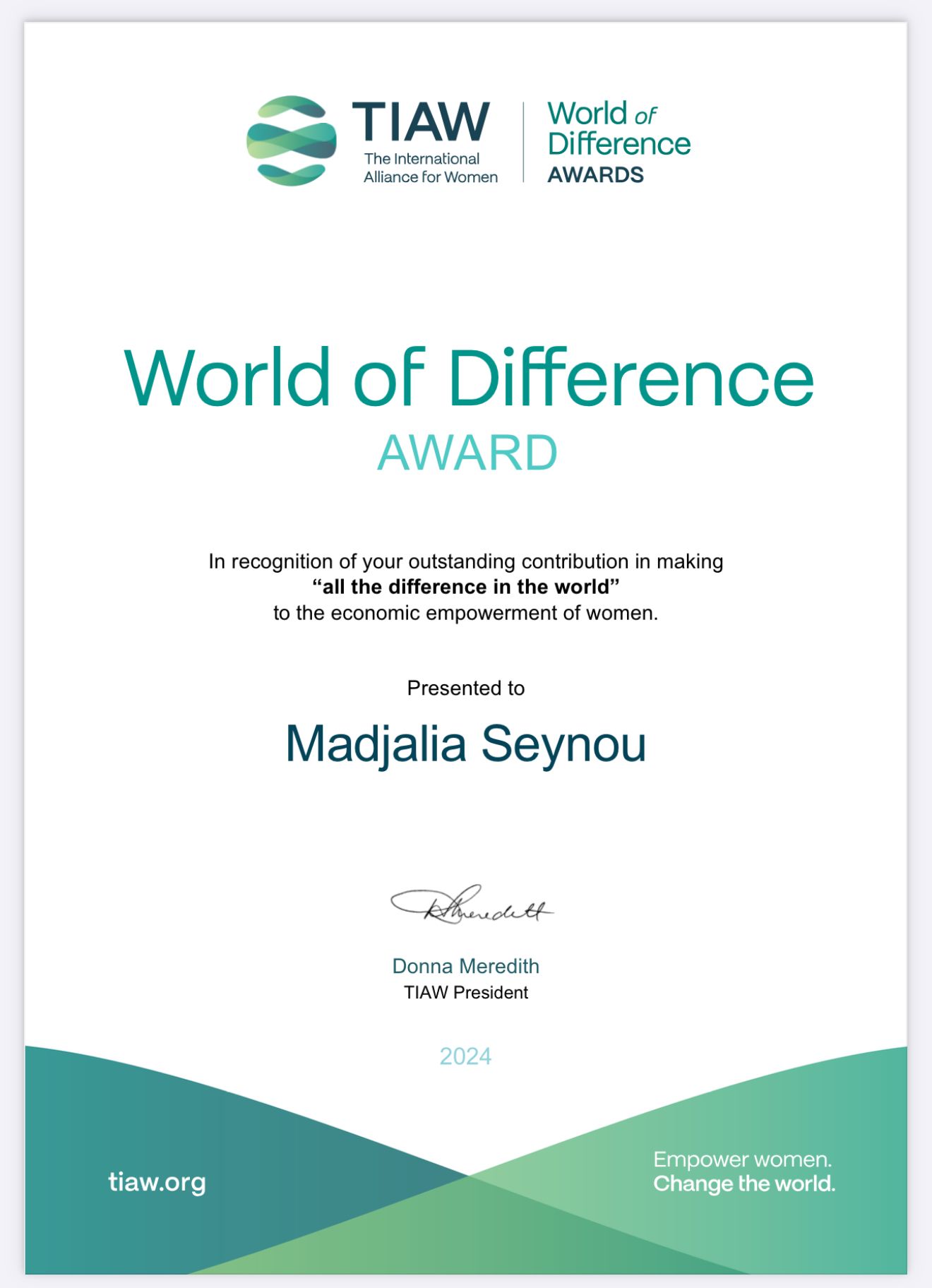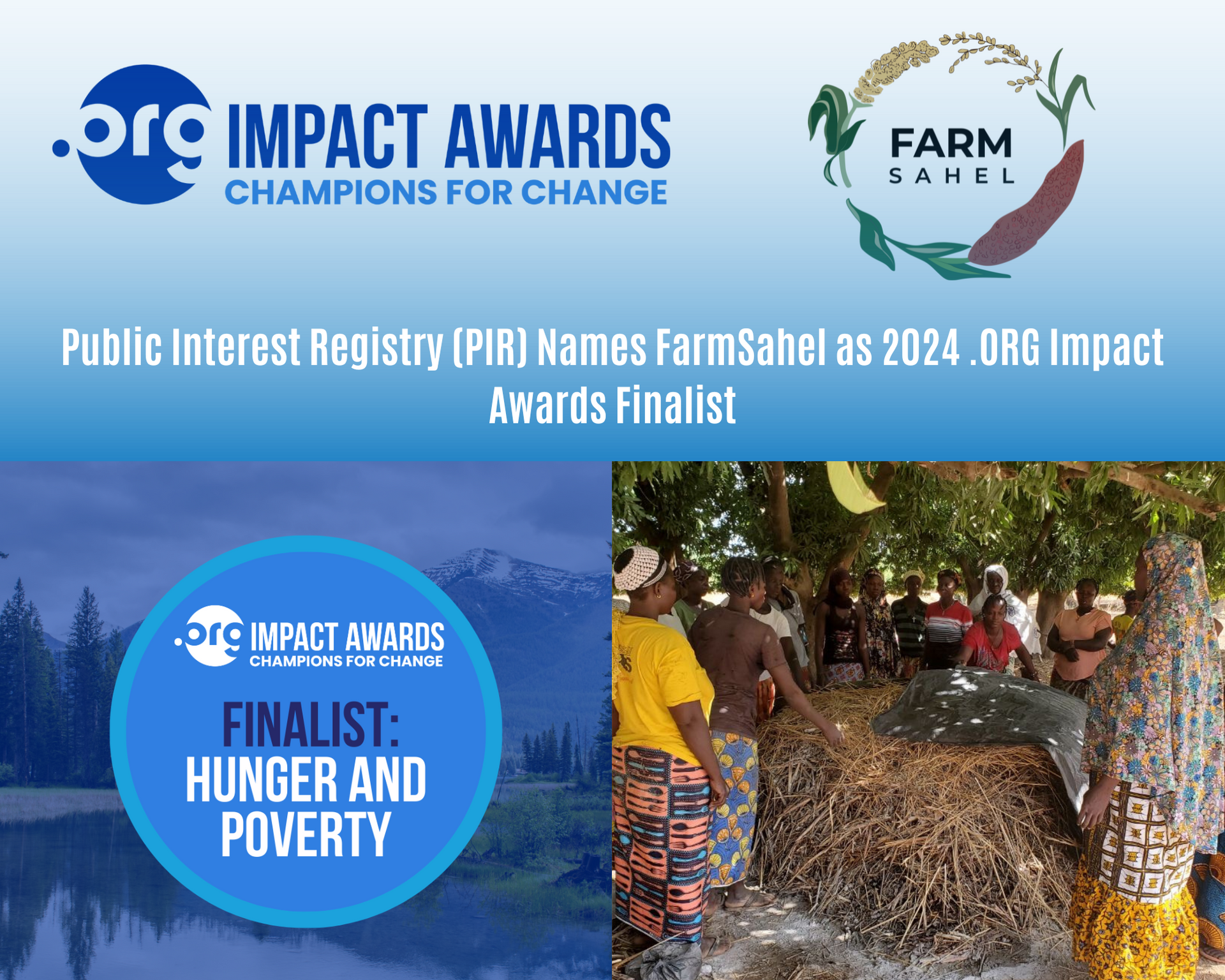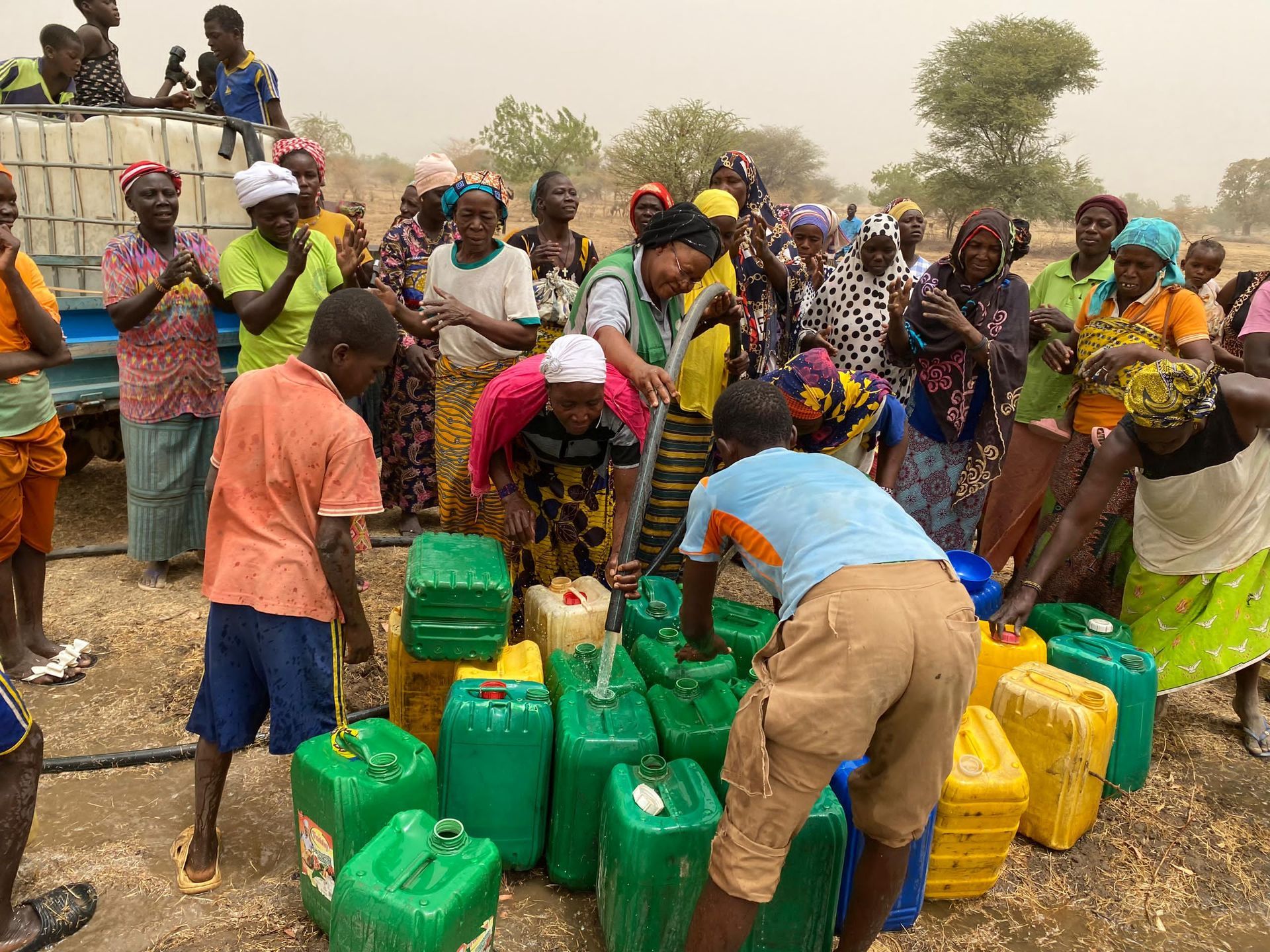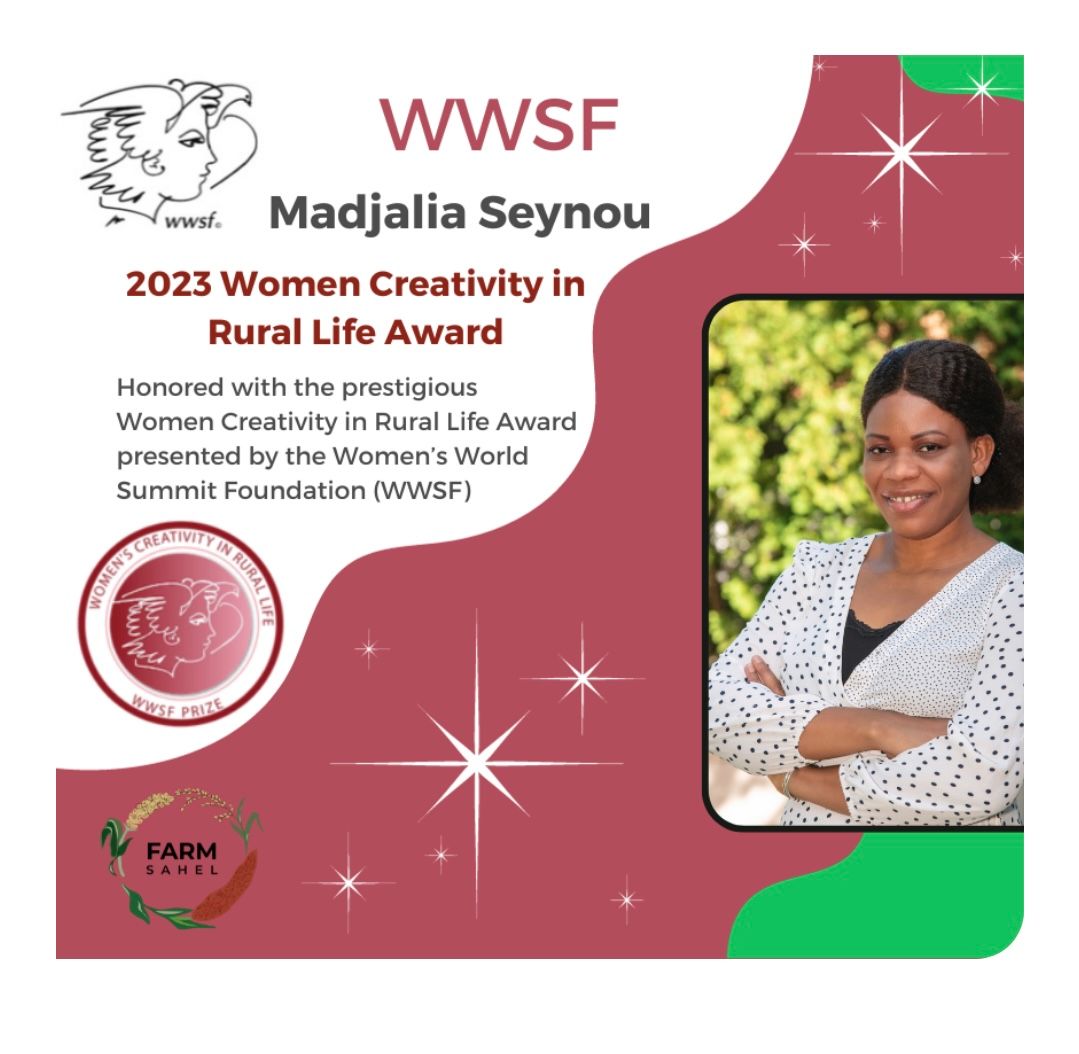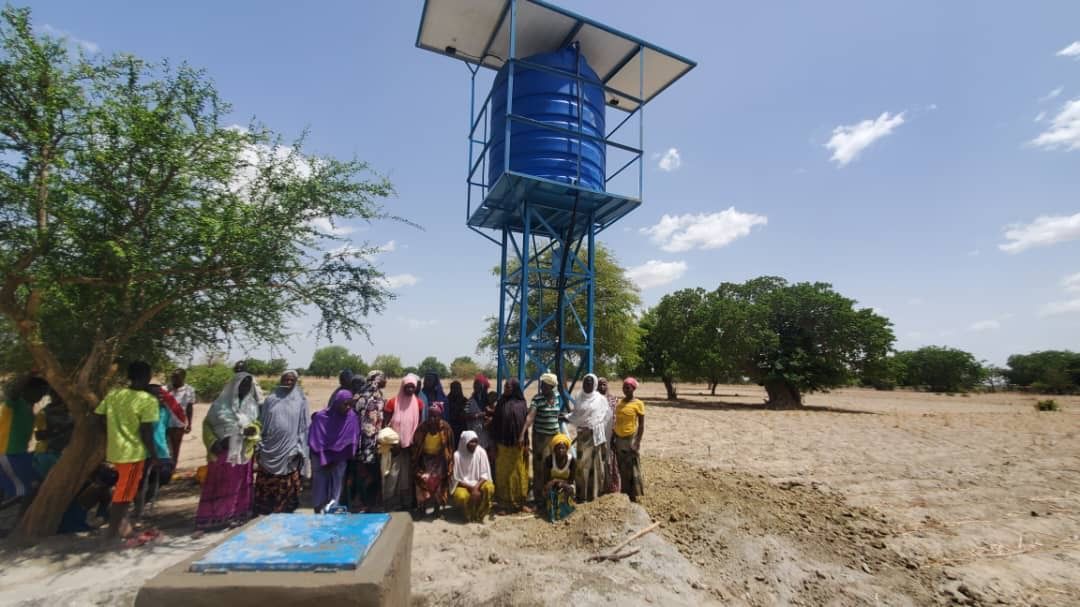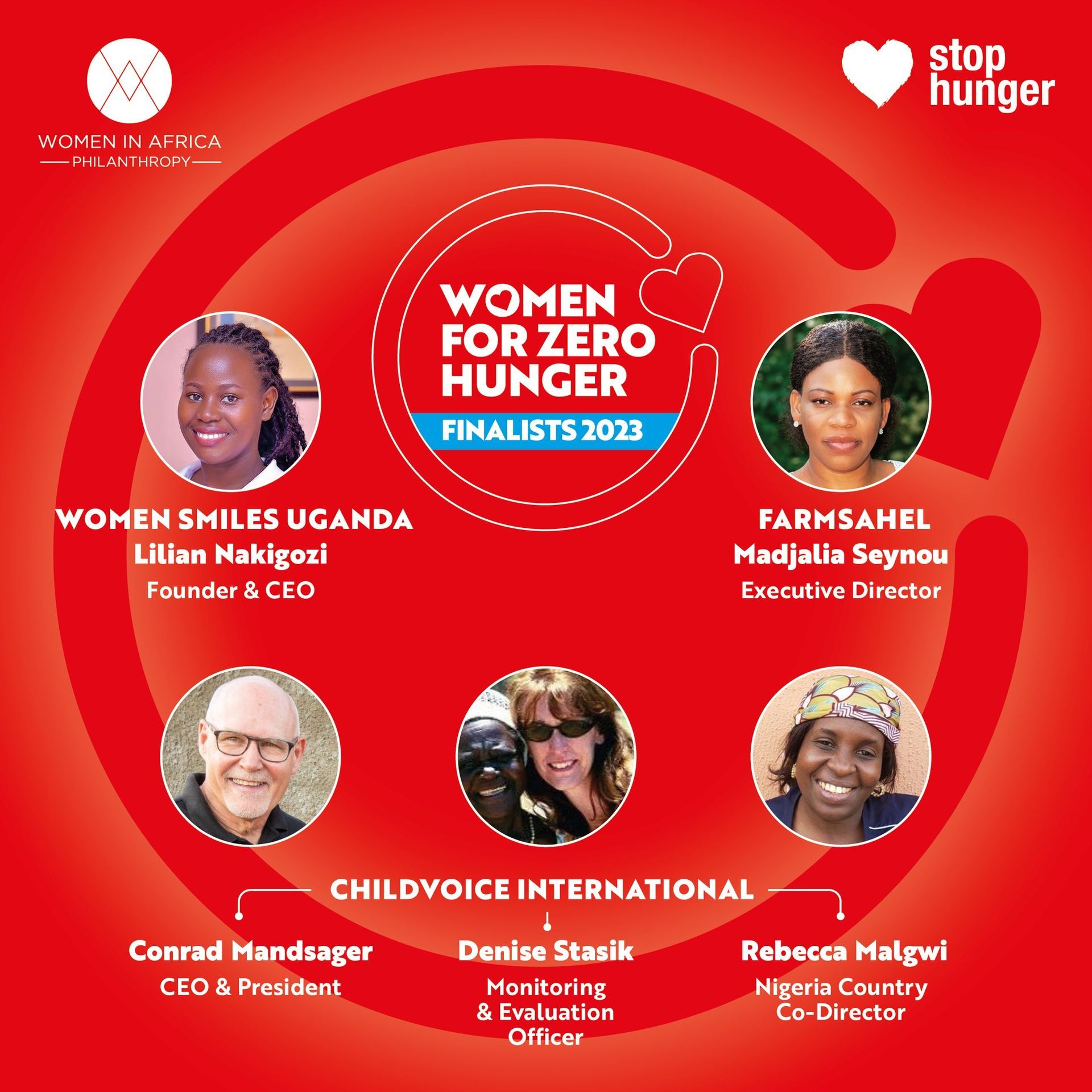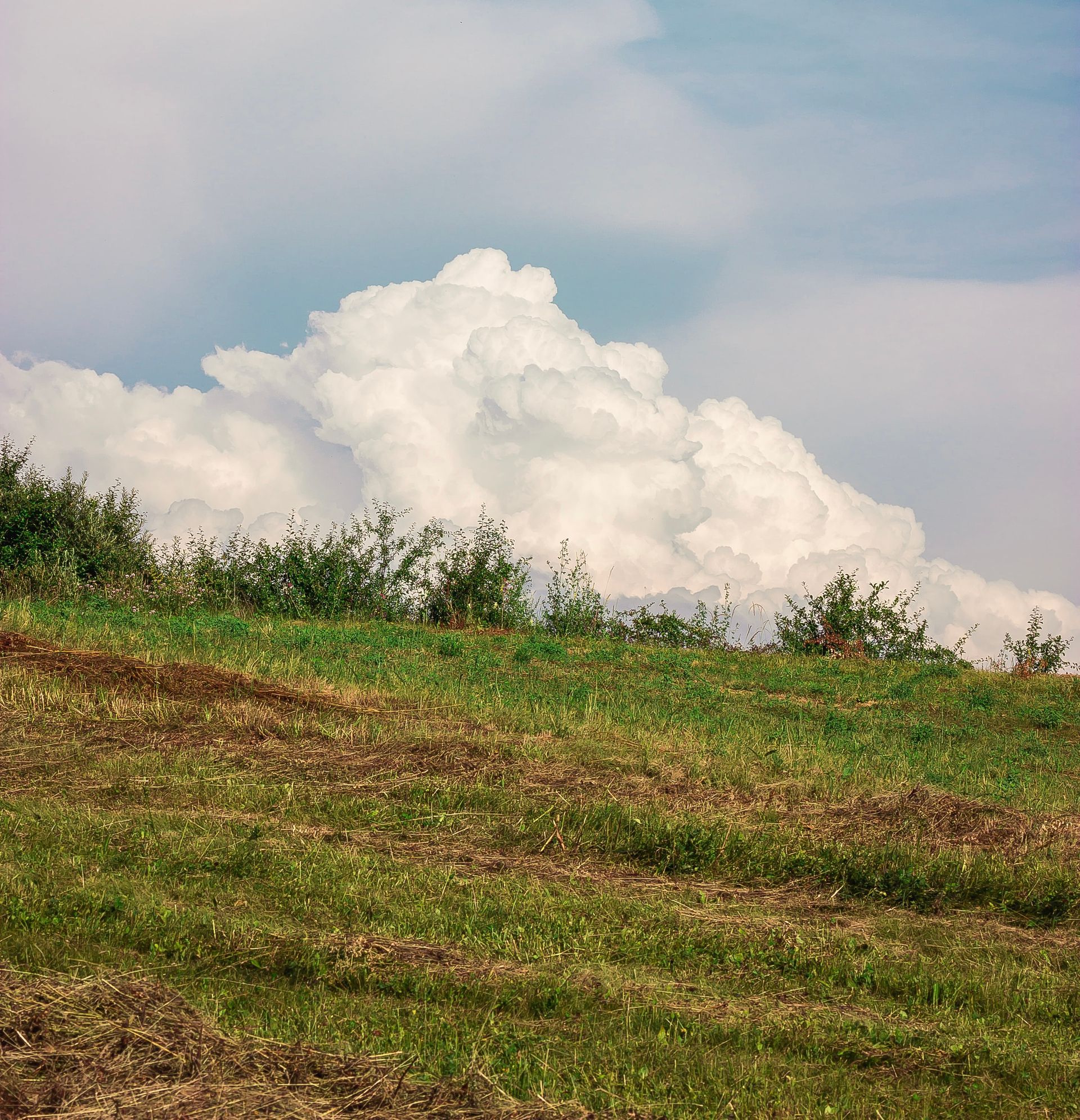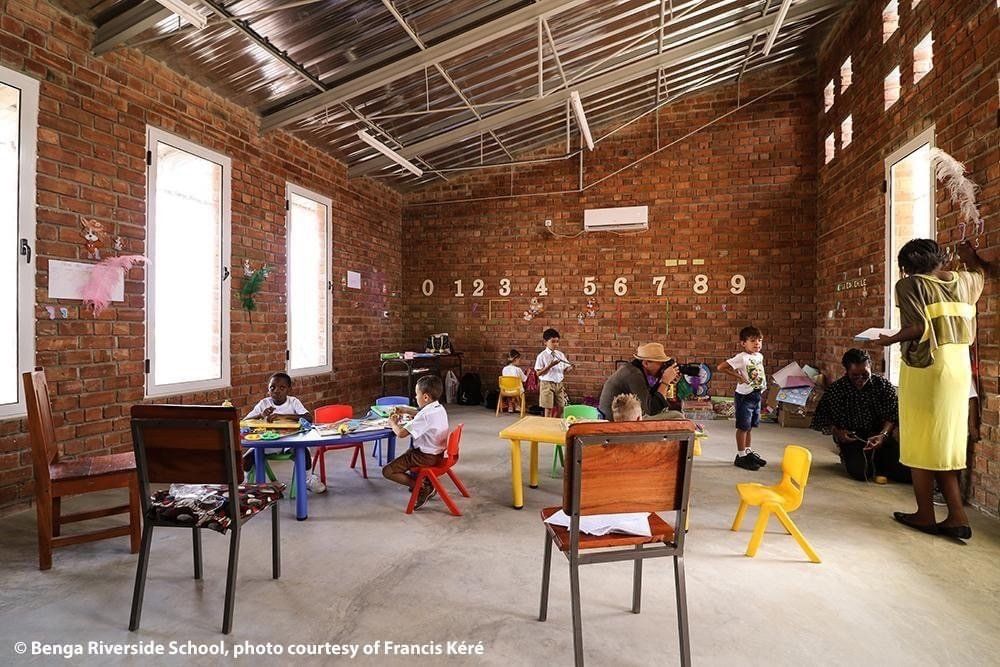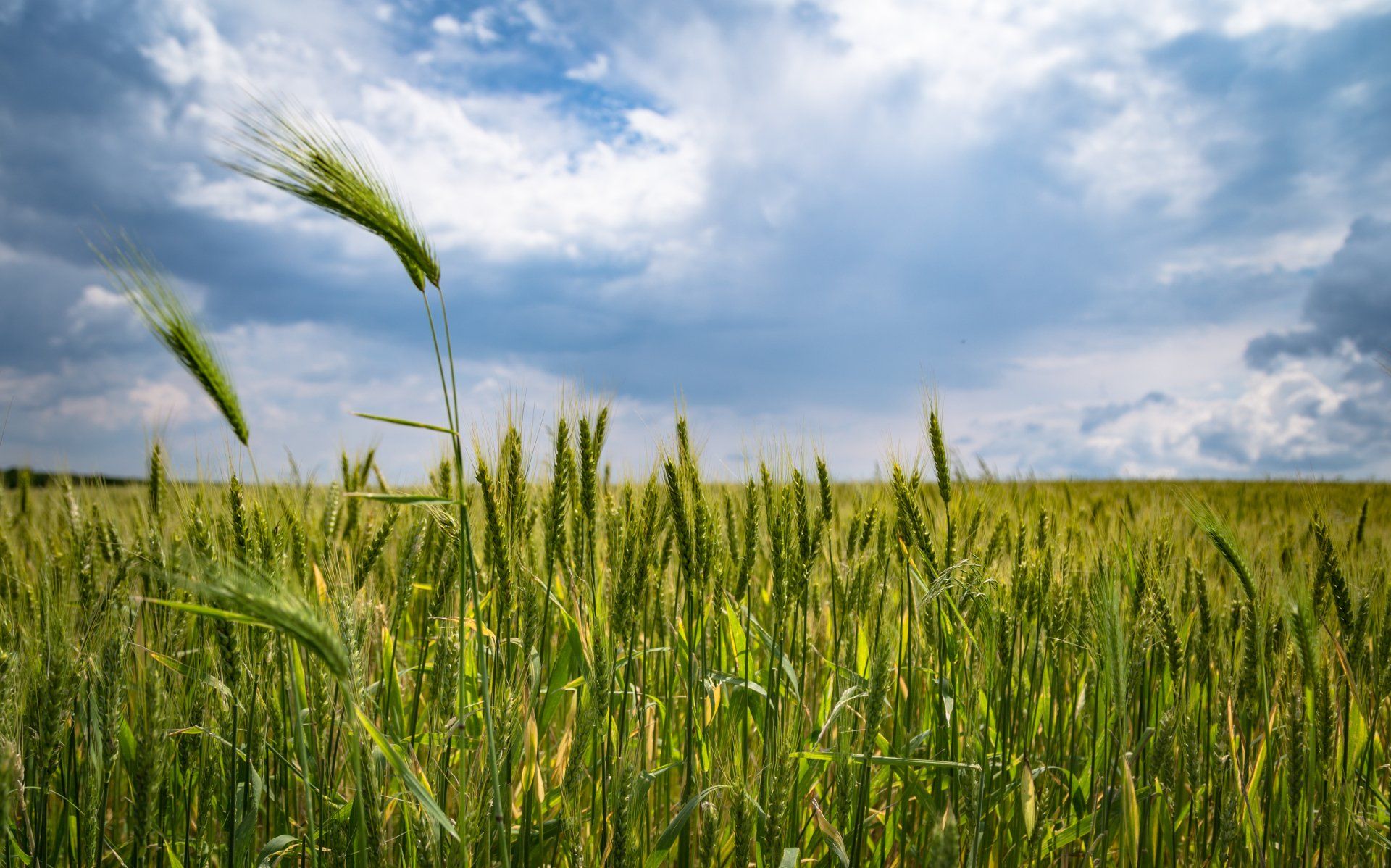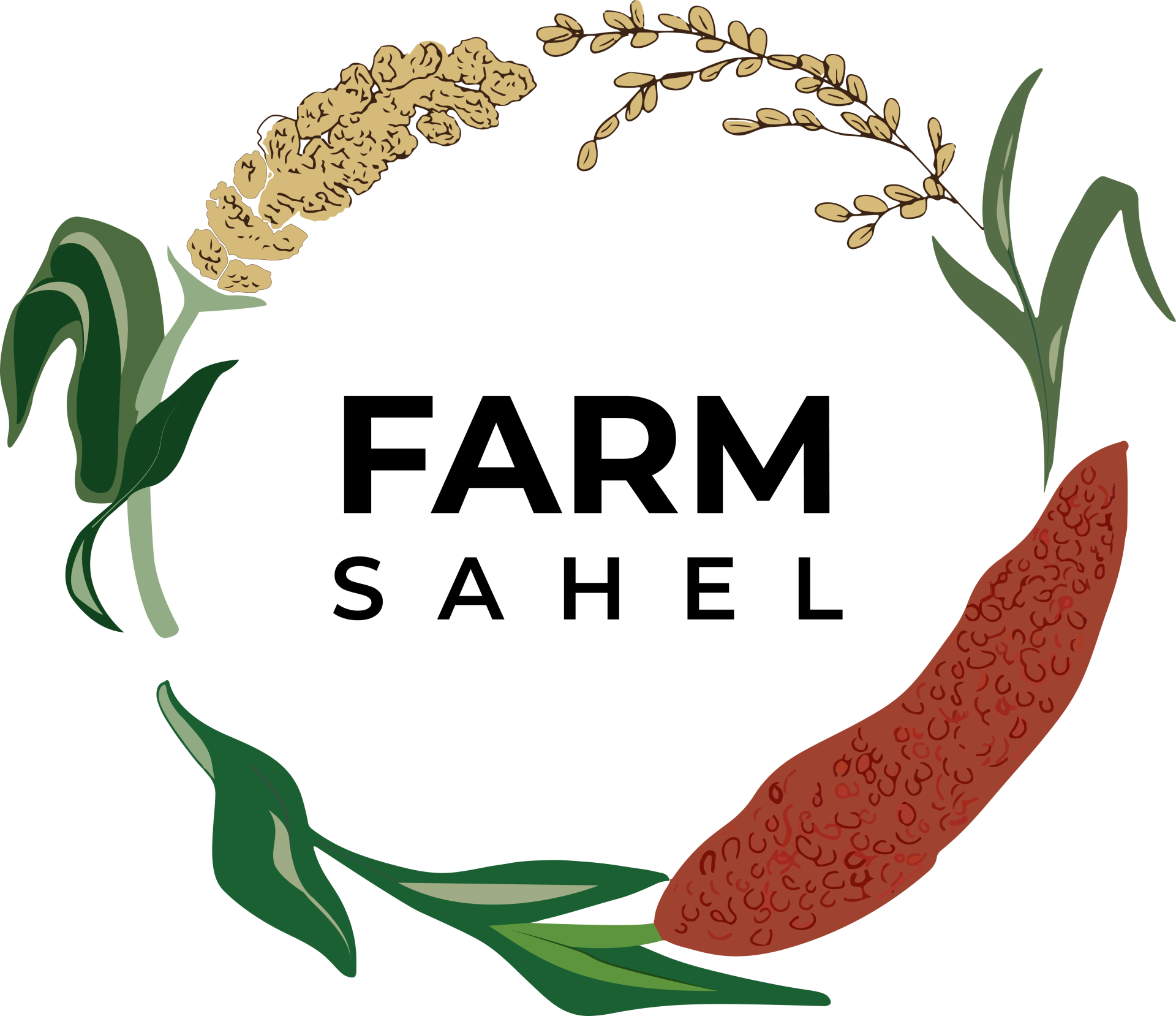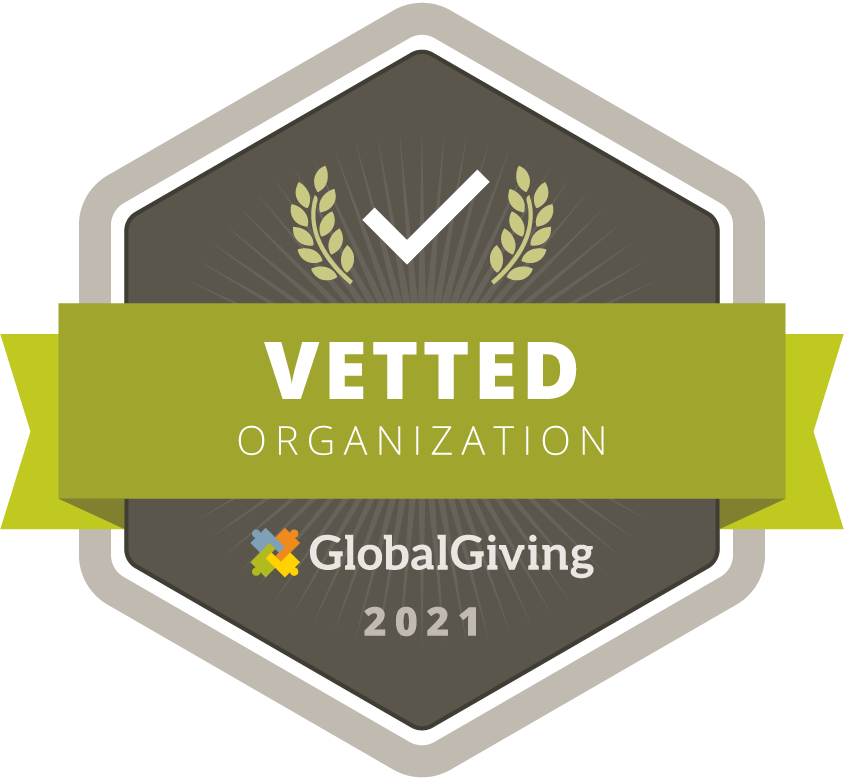The Great Green Wall
Much of Africa, especially the Sahel region is on the frontline of climate change. In much of Saharan Africa, the phenomenon of “desertification” has been one of the widest reaching effects of climate change. Desertification is the process whereby fertile areas become increasingly arid, as the desert “reclaims” land that had been used as farmland for decades. In this sense, the Sahara is actually expanding, taking land away from farming communities that need them in order to feed themselves. This issue is especially critical as the population of the Sahel is expected to double by 2039.
However, back in the 1970’s, many African countries came together to recognize the problem and came up with a solution to try and stop the spread of the Saraha. Their solution was called the “Great Green Wall”.
The idea of the Great Green Wall was to create a 8,000 kilometer wall of green and productive landscapes stretching across the width of Africa. The wall was to stretch from Senegal in the West to Djibouti in the East. Drought resistant trees, such as the acacia were to be used, creating a stopping point for the Sahara. The project would bring revitalization and growth back to the Sahel, a region that struggles with persistent droughts, lack of food, and conflicts over natural resources. The concept began to gain additional traction throughout the 80’s, as the idea of transforming the region’s degraded landscapes caught on.
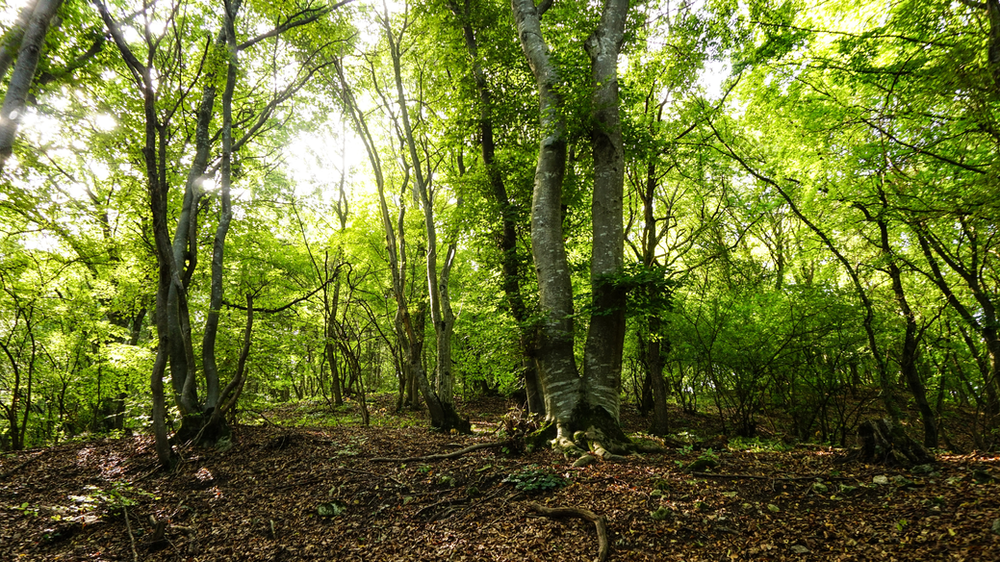
In 2007, under the leadership of the African Union, this idea finally began to take shape. The project originally started with 11 African countries signing on as part of the initiative, but now boasts 20 different countries contributing to this truly pan-African movement.
However, the Great Green Wall is not just a tool for fighting climate change, it has also been used to create jobs for thousands of Africans and reinvigorate traditional farming practices. One of the main goals of the Great Green Wall is to use indigenous land techniques to help with rehabilitation, rather than simply planting trees. There has been a revitalization of many native practices, and using these techniques will lead to more durability in the wall.
Through the initiative, there has also been a large push for green job creation as a part of the project. There has been a focus on using the Great Green Wall to reduce rural poverty in the region, by revitalizing the land and using it as a tool to help farmers. Additionally, the project makes it a priority to employ local Africans to help build the wall, ensuring that the jobs stay in the community. The project supports communities working towards sustainable management and use of forests, rangelands and other natural resources. It seeks to help communities mitigate and adapt to climate change, as well as improve food security. According to Greatgreenwall.org, “the initiative is already bringing life back to Africa’s degraded landscapes at an unprecedented scale, providing food security, jobs and a reason to stay for the millions who live along its path”. It is not just bringing land revitalization to the area, but also economic revitalization.
At current, the project is around 15% finished, with 3 million hectares of land being rehabilitated in Burkina Faso alone. The ultimate goal is to restore 100 million acres of land by 2030, creating 10 million green jobs and absorbing 250 million tons of CO2 from the atmosphere. Once complete, the Great Green Wall will be the largest living structure on the planet, 3 times the size of the Great Barrier Reef.
More than 20 African countries are planting a 8,000-km-long 'GREAT Green Wall'. (2019, April 25). Retrieved February 14, 2021, from https://www.zmescience.com/ecology/climate/great-green-wall-04232/
The great green wall. (n.d.). Retrieved February 14, 2021, from https://www.greatgreenwall.org/about-great-green-wall
Great green wall. (2021, January 25). Retrieved February 14, 2021, from https://en.wikipedia.org/wiki/Great_Green_Wall
